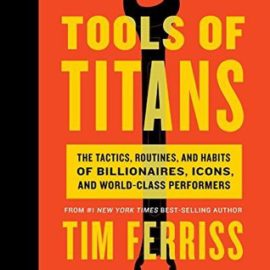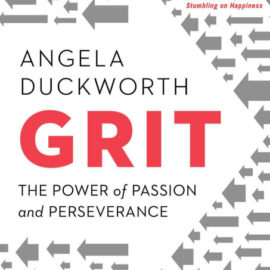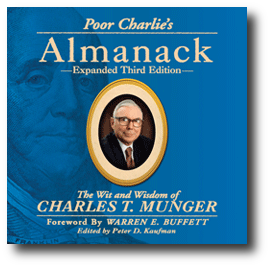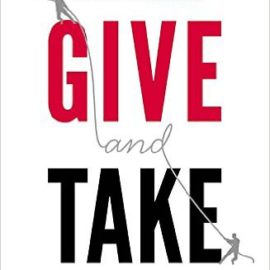Want to learn the ideas in Too Big To Fail better than ever? Read the world’s #1 book summary of Too Big To Fail by Andrew Ross Sorkin here.
Read a brief 1-Page Summary or watch video summaries curated by our expert team. Note: this book guide is not affiliated with or endorsed by the publisher or author, and we always encourage you to purchase and read the full book.
Video Summaries of Too Big To Fail
We’ve scoured the Internet for the very best videos on Too Big To Fail, from high-quality videos summaries to interviews or commentary by Andrew Ross Sorkin.
1-Page Summary of Too Big To Fail
Lehman Teeters and Puts All of Wall Street on the Brink
In September 2008, the U.S. economy faced a calamity because of mortgage innovations that led to huge profits for Wall Street firms. Then there was an economic collapse and the risk became too great. Goldman Sachs CEO Lloyd C. Blankfein made $68 million in 2007 before any problems arose in the market, but then his company’s debt-to-capital ratio reached 32:1, which is very risky when times are bad (the boom years).
On March 17, 2008, JPMorgan Chase said that it would buy Bear Stearns for $2 per share. At the same time, Lehman Brothers was on the verge of bankruptcy. Its investors were worried about its derivatives trading partners and they sent Lehman’s stock price plummeting as much as 48% in an hour of trading. Although Richard S Fuld Jr., CEO of Lehman Brothers, had been responsible for their risky approach to business he didn’t always mean to be so aggressive and intimidating; even though he’d taken a riskier approach than usual it seemed like hard times came faster than he expected and his aggressive style wasn’t working anymore because people were losing confidence in him
The strategy that Fuld used to make $1 billion was working well until the mortgage bubble burst. After Bear Stearns was sold, investors and TV talking heads started speculating about which companies would be next to go under because of the mortgage crisis. Many people saw Lehman’s potential failure as a sign of capitalism at work but also knew it could have disastrous consequences for financial markets around the world if Lehman failed.
If Lehman Brothers failed, other financial institutions would have been in danger. The Treasury Secretary at the time was Henry Paulson, who used to be a leader of Goldman Sachs. He worked with Timothy Geithner from the NY Federal Reserve and Jamie Dimon from JPMorgan Chase to save Bear Stearns when it nearly went under. When they were trying to decide what price was fair for Bear Stearns’ stock, Paulson wanted $2 per share but Dimon offered $10 because he thought that was more than Bear deserved.
Lehman Brothers was in trouble because it had too much debt. It asked Warren Buffet for a cash infusion, but he refused. Fuld thought that the short-sellers were to blame for its problems and asked Jim Cramer to tell his viewers that Lehman wasn’t in trouble. Einhorn argued at a conference that Lehman didn’t mark down their assets properly and investors should sell their shares short.
While Fuld blamed the short sellers for Lehman’s troubles, insiders pointed to Gregory as the main cause of it. Gregory was a hatchet man who fired people without hesitation and often did so in an unpleasant manner. He lived extravagantly by commuting from his mansion to work via helicopter. While he ran Lehman with Fuld, Wall Street changed dramatically by focusing on originating loans that were then packaged into derivatives rather than holding onto them as assets themselves. This change made traders laugh at him because they knew he didn’t understand how markets worked and that he punished dissenters harshly for speaking out against their increasingly risky approach to doing business.
Bankruptcies and Bailouts
AIG was a giant insurance company. It had $40 billion in cash, but it also insured over $500 billion worth of subprime mortgages for European banks. When the subprime market collapsed, AIG’s losses were much higher than expected and its credit rating dropped to AA minus.
Paulson knew that a bailout was necessary. The government took over Fannie Mae and Freddie Mac, which were in financial trouble. Critics called him a socialist and Mr. Bailout because of the bailouts, but Paulson had been richly successful as head of Goldman Sachs and supported conservative politicians such as George W Bush. These accusations colored his approach to Lehman Brothers later on when Barclays asked for help to buy it; he said no. Lehman’s worsening decline became clear when JPMorgan Chase asked it to return $5 billion in collateral; they appealed to Geithner for help, but he said that he couldn’t tell them not protect themselves from any losses if they lent money back to Lehman Brothers or bought its assets at fire sale prices after bankruptcy proceedings started against the bank (which is what happened). When Barclays tried to buy Lehman Brothers, Fuld’s behavior continued be baffling: At one meeting with Bob Diamond of Barclays Bank (the British bank trying unsuccessfully to buy Lehman), Fuld told Diamond “to look into my eyes,” which confused Diamond because Fuld was supposed to step down after the merger anyway so why would he care who ran things afterwards? For all his bluster about how much stock he owned in his company, like most executives at companies going bankrupt their net worths plunged by hundreds of millions within months due mainly due largely due mainly due largely due largely due mostly since thanks mainly since mostly especially thanks owing partly owing primarily owing mostly chiefly since almost entirely thanks chiefly basically essentially principally particularly notably especially specifically namely particularly especially thus namely particularly notably therefore











